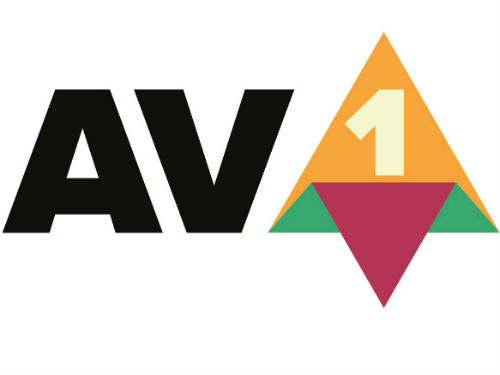NAB 2018: Hardware Support a Big Step Ahead for AV1

Las Vegas -- AV1, the royalty-free, next-gen video codec from the heavily backed Alliance for Open Media (AOMedia), is initially targeting web browsers, including Mozilla’s Firefox and Google Chrome, and a small but growing amount of content.
But a major move that will deliver widescale adoption major move – support in hardware and chipsets -- is about two years out.

Hardware support will likely come in 2020, as chip development typically takes two to three years, Matt Frost, head of strategy and partnerships for Chrome Media at Google, one of AOMedia’s members, said here Wednesday as an opening keynoter at the NAB Show's first Streaming Summit.
AOMedia, which issued the 1.0 release of VP1 earlier this month, has strived to optimize the new codec to make hardware adoption easier, even if seeing it appear in chips won’t happen overnight, he explained.
RELATED: Royalty-Free AV1 Codec Turned Loose
He expects AV1’s path to be similar to the one taken by VP9, another royalty-free coded originated by Google that was released in 2013 and initially added to popular browsers like Chrome and Firefox, followed by adoption by Google’s corporate cousin, YouTube, as well as Netflix.
Frost said small volumes of video in the AV1 format, largely for testing purposes, is already available via YouTube.
The smarter way to stay on top of the multichannel video marketplace. Sign up below.
The 1.0 release is the first stage in this important process. “We have the code; it’s frozen,” Frost said.
AV1 is being billed as a next-gen codec that is 30% more efficient that current-gen codecs such as HEVC and VP9.
Dan Rayburn, the conference chairman of the NAB Streaming Summit who moderated the discussion, said he views AV1 as a successor to HEVC, rather than a replacement.
Frost acknowledged that it’s a “pain” to switch to a new codec, and that it’s costly to support multiple formats. But he likewise believes that the value will come from the bit rate efficiencies that will come with AV1. YouTube’s adoption of VP1, he said, enabled faster start times, smoother streaming and, in some cases, a way to bump up the resolution that consumers received on their devices.
“And to do all of that while saving money,” Frost said, adding later that the APIs and tools for VP9 and AV1 share some helpful similarities and could help ease that transition path.
As for the bandwidth-saving potential for AV1, Frost noted that Netflix showed off 720p streaming at a mere 207 kbps at the AV1 launch party.
Still, a big question many have about AV1 is whether it will become the target of lawsuits from other holders of intellectual property.
Frost said there was a major aim to avoid potential legal entanglements with other patent holders and patent pools, as AV1 does not use any patents that aren’t derived from those involved in the AOMedia organization, which includes Microsoft, Google, Amazon, Netflix, and Facebook among its members.
AOMedia has also done its due diligence and put “a lot of rigor” into the intellectual review of AV1, Frost said, noting that there was a deep review done internally as well as another level of review with dedicated outside counsel.
And here’s the just-in-case -- AOMedia and its members have also set up a fund for the defense of AV1 against any possible lawsuits suits that emerge and allege patent infringement.
